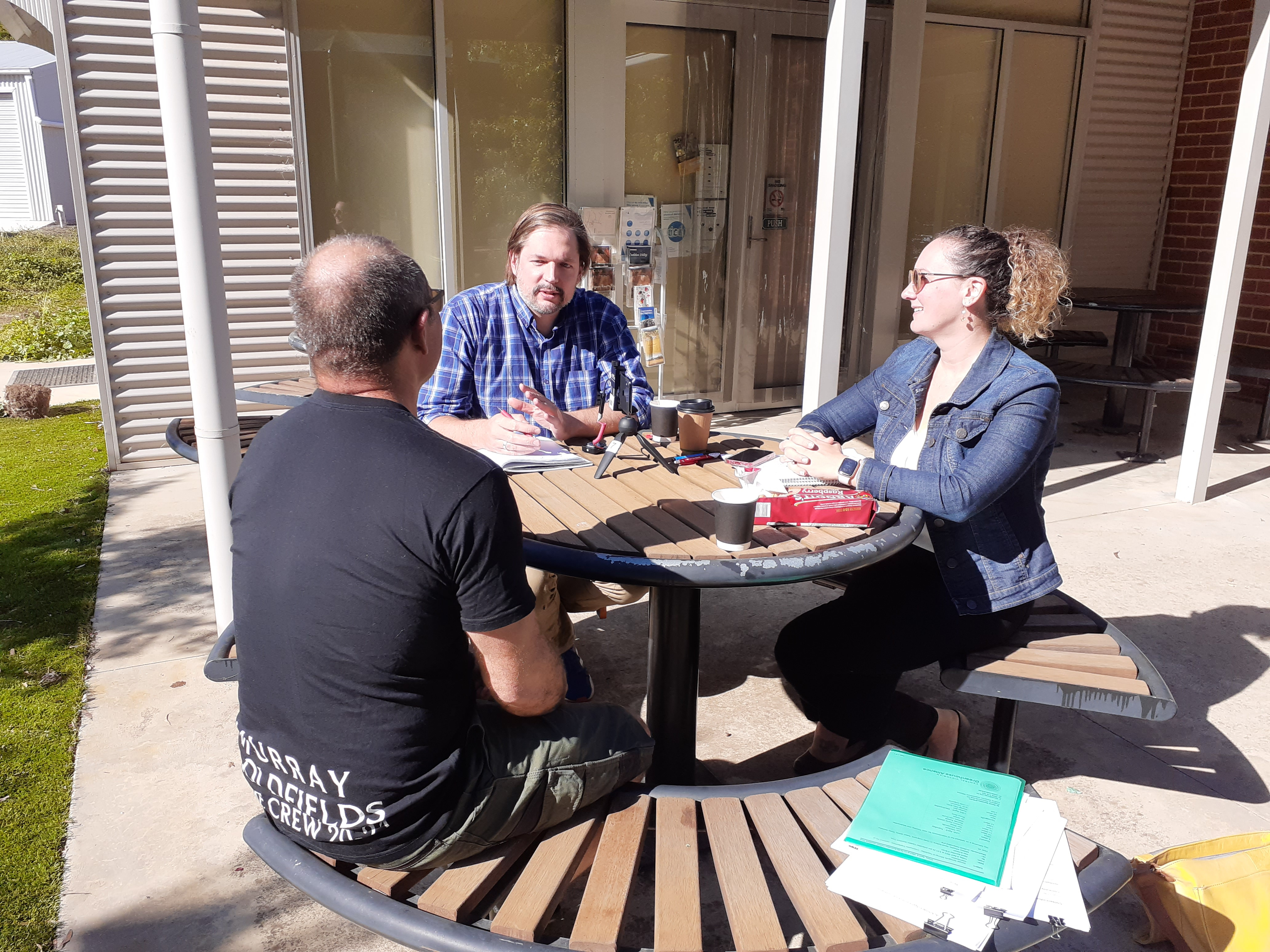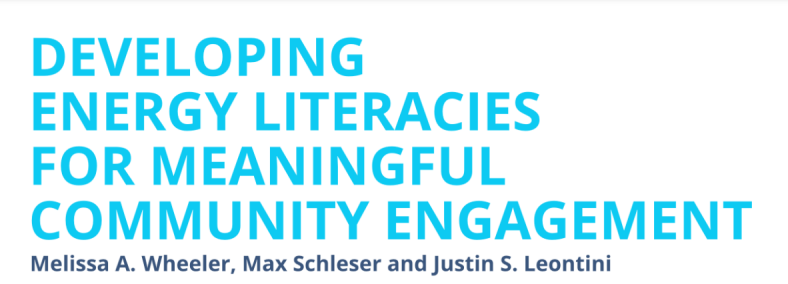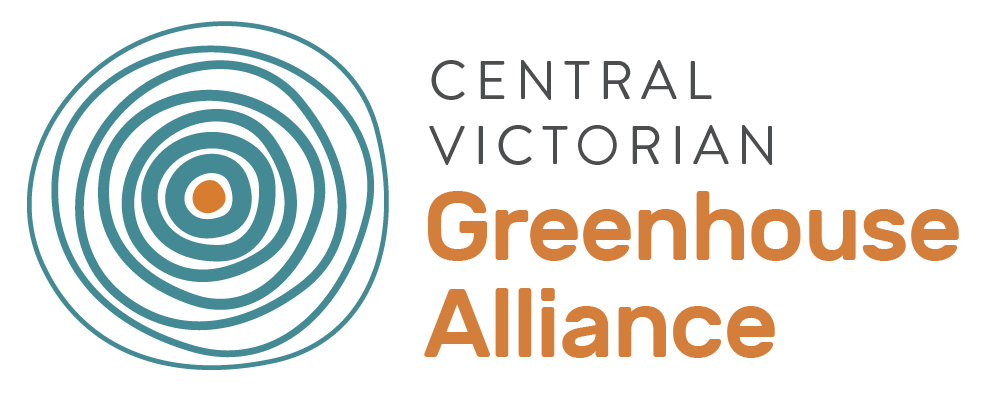|
|
Energy Literacy Community ToolkitThe Energy Literacy Community Toolkit is developed by the Social Innovation Research Institute at Swinburne University of Technology for Central Victorian Greenhouse Alliance in connection with the Donald & Tarnagulla Microgrid Feasibility & Demonstration study. This study is generously supported by C4NET and the Department of Industry, Science, Energy and Resources.
|
1. What is a microgrid?A microgrid is a part of a larger electricity grid that contains power sources, a transmission network, and electricity users. This video explains these components and how and why microgrids can be used.
|
2. Islands or islandingIslanding occurs when a small electricity grid operates completely independently from the larger network. This video explains why this is done.
|
3. VoltagesDifferent parts of the electricity grid use different voltages. This video explains why this is done, and how this relates to using different sources of power.
|
4. ReliabilityThe reliability of the supply of electricity is influenced by generation and transmission of power. This video explains how these two concepts interact with microgrids and distributed networks.
|
5. Distributed NetworksDistributed networks take in power from lots of different places instead of just one big power station. This video explains how distributed networks make microgrids possible.
|
6. CostsThere is more to the cost of electricity than just the fuel or power source. This video explains where some of the costs of electricity come from.
|
7. HydrogenThere are a number of ways that hydrogen could influence our future electricity and energy generation and use. This video explains what hydrogen is, how it can be used in electricity generation, and some of the engineering challenges it brings.
|
8. Energy StorageEnergy storage is important for electricity when production and use don't happen at the same time. This video explains how storage can be used in microgrids and some of the technologies that can be used for energy storage.
|
9. DamsDams can be used for electricity generation and storage. This video explains how.
|
Tarnagulla Primary School 2022
The Energy Literacy Community Toolkit is developed by the Social Innovation Research Institute at Swinburne University of Technology for Central Victorian Greenhouse Alliance in connection with the Donald & Tarnagulla Microgrid Feasibility & Demonstration study. This study is generously supported by C4NET and the Department of Industry, Science, Energy and Resources.
Energy Literacy in the curriculum
In October 2022 A/P Justin Leontini, Department of Mechanical and Product Design Engineering, Swinburne University of Technology, and A/P Max Schleser, Department of Film, Games and Animation, Swinburne University of Technology ran a mobile storytelling workshop with a regional primary school in Victoria, Australia. Pupils learned digital storytelling and rookie smartphone filmmaking basics to engage in a discussion about energy.
|
Where does power come from?
In this mobile story students from Tarnagulla Primary School explain how their school gets and uses electricity. The video is part of an Energy Community Toolkit, which provides a community perspective in the development of Energy Literacies
|
We are Tarnagulla Primary School
In this mobile story students from Tarnagulla Primary School explain how their school gets and uses electricity. The video is part of an Energy Community Toolkit, which provides a community perspective in the development of Energy Literacies.
|
These videos were produced by Swinburne University of Technology for Central Victorian Greenhouse Alliance in connection with the Donald & Tarnagulla Microgrid Feasibility & Demonstration study generously supported by C4NET and the Department of Industry, Science, Energy and Resources.





